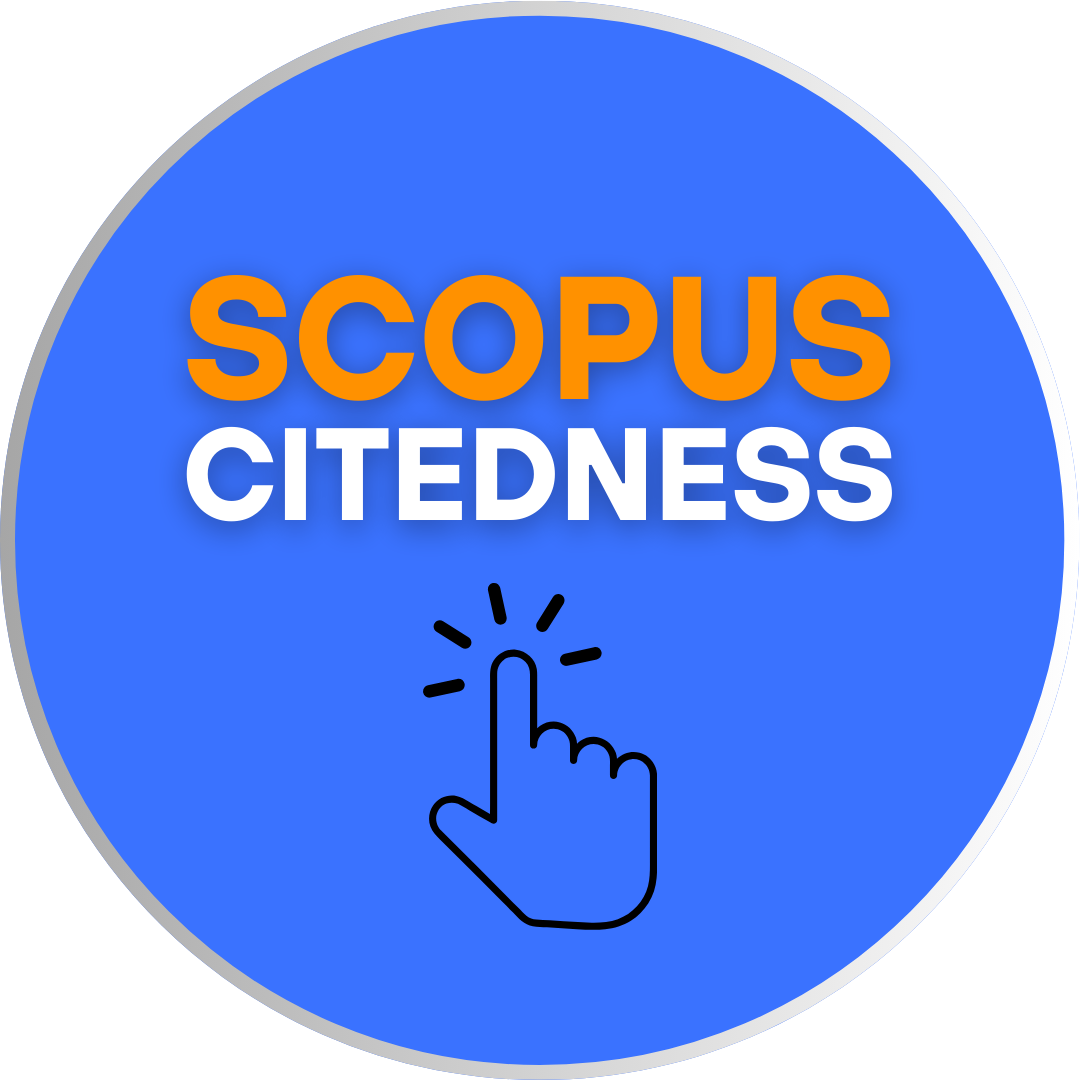The Correlation between Social Deixis and Social Class in a Speech by Nobel Prize Winners: A Sociopragmatic Study
DOI:
https://doi.org/10.18592/let.v10i1.3611Keywords:
Social Deixis, Social Class, Speech, Absolute, Relational, DimensionsAbstract
This article aims to identify the relationship between one of the linguistic forms such as deixis, specifically social deixis, and the speakers’ social class. Thus, the usage of social deixis by Nobel Prize winners in their speech, are analysed. The data are taken from the banquet speech of Nobel Prize winners. This research conducted to find out the types of social deixis used by Nobel Prize winners using Levinson’s theory, which are absolute and relational, and its correlation with speakers’ social class. This research applies Block’s theory to provide the aspects or dimensions in social class. Furthermore, other additional theories are also provided to support the main theories. This qualitative descriptive research socio-linguistically provides insight into people’s social class that identified through linguistic feature like social deixis. The findings show that all types of social deixis which are absolute and relational can be identified from every speech uttered by the Nobel Prize winners. In accordance with the social class, only the relational type that can be correlated with the speakers’ social class. Through the finding of the research, the relational type of social deixis can determine the speakers’ social class dimensions and they are wealth, occupation, education, and social networking.References
Adane, D. (2014). Social Deixis in Hadiyya. International Journal of Language and Linguistics, Vol. 2, No. 5, pp 301-304. doi: 10.11648/j.ijll.20140505.12
Block, D. (2012). Class and Second Language Acquisition Research. Language Teaching Research, 16, 188-205.
Block, D. (2014). Social Class in Applied Linguistics. London, UK: Routledge.
Block, D. (2015). Social Class in Applied Linguistics. Annual Review of Applied Linguistics. Vol. 35, pp 1-19. doi: 10.1017/S0267190514000221.
Levinson, S. C. (1983). Pragmatics. Cambridge: Cambridge University Press.
Levinson, S. C. (2004). Deixis and Pragmatic. In: L. Horn & G. Ward (eds). The Handbook of Pragmatics. Oxford: Blackwell, 97-121.
Moleong, L. J. (2013). Metode Penelitian Kualitatif: Edisi Revisi. Bandung: PT. Remaja Rosdakarya.
Purwati, T. I. (2015). Social Deixis of Princess Diana in Diana the Secret of a Princess Movie. Language Horizon – Jurnal Mahasiswa Unesa, Vol. 3, No. 2.
Snell, J. (2014). Social Class and Language. In Jan-Ola Östman and Jef Verschueren (Eds). Handbook of Pragmatics: 2014 Installment. Amsterdam: John Benjamins.
The official website of the Nobel Prize. Retrieved, May 1, 2020. From (https://www.nobelprize.org)
THINKLimo – Limo & Luxury Coach Service. Retrieved, May 1, 2020. From (https://thinklimo.com)
Thomas, J. A. (2014). Meaning in Interaction: An Introduction to Pragmatics. London and New York: Routledge.
Downloads
Published
How to Cite
Issue
Section
License
Authors who publish with this journal agree to the following terms:
- Authors retain copyright and grant the journal right of first publication with the work simultaneously licensed under a Creative Commons Attribution License that allows others to share the work with an acknowledgement of the work's authorship and initial publication in this journal.
- Authors are able to enter into separate, additional contractual arrangements for the non-exclusive distribution of the journal's published version of the work (e.g., post it to an institutional repository or publish it in a book), with an acknowledgement of its initial publication in this journal.
- Authors are permitted and encouraged to post their work online (e.g., in institutional repositories or on their website) prior to and during the submission process, as it can lead to productive exchanges, as well as earlier and greater citation of published work.
LET (LINGUISTICS, LITERATURE, AND LANGUAGE TEACHING) http://jurnal.uin-antasari.ac.id/index.php/let/index licensed under a Creative Commons Attribution 4.0 International License.
















